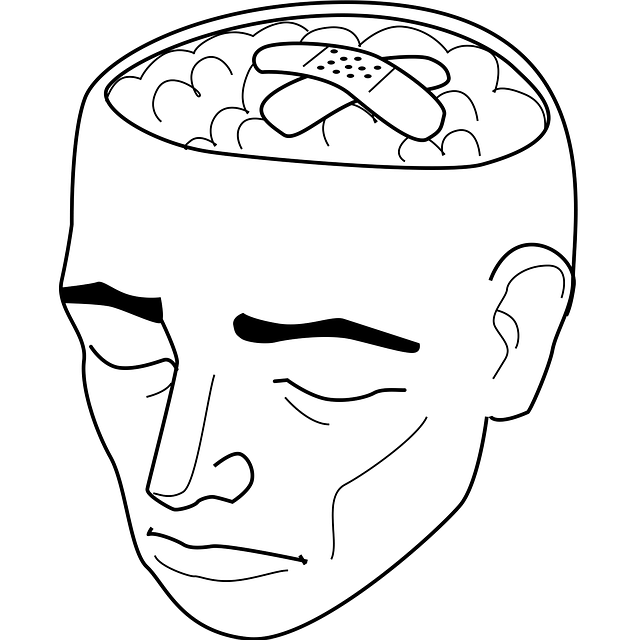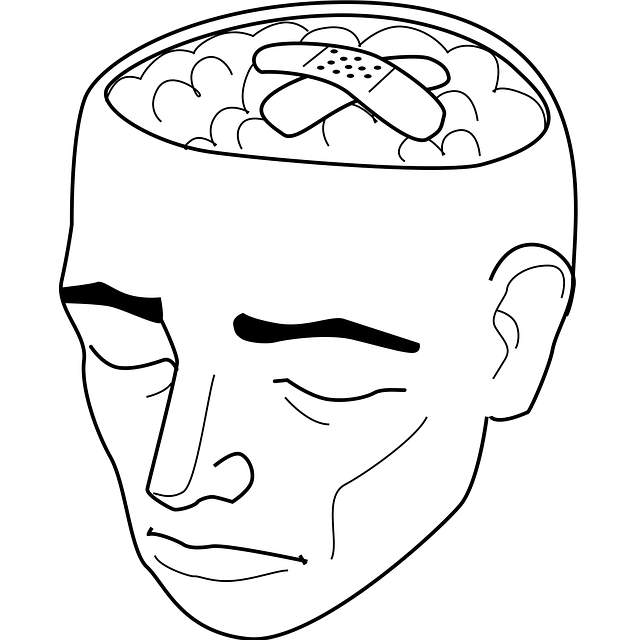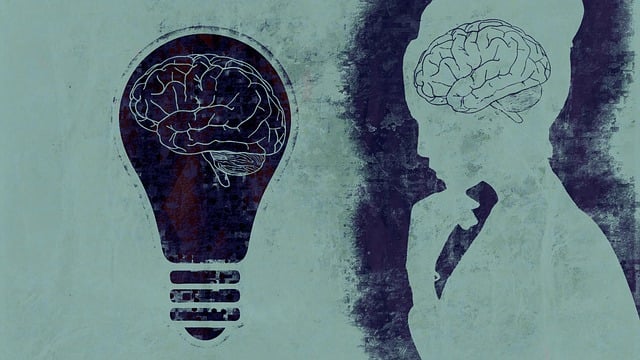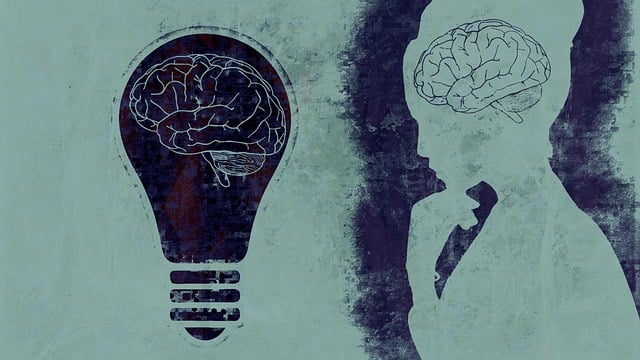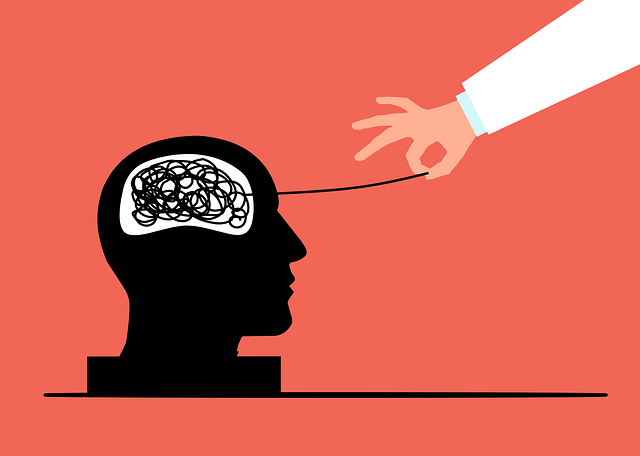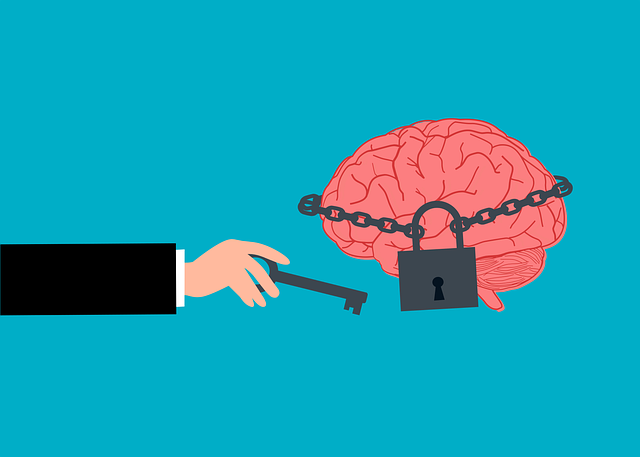Wheat Ridge Anxiety Therapy (WRAT) offers powerful emotion regulation techniques for managing anxiety and mental health conditions. By teaching self-awareness, mindfulness, cognitive reframing, and conflict resolution skills, WRAT empowers individuals to control impulsive reactions, reduce negative emotions, and navigate challenges resiliently. Integrated into education programs through workshops and journaling exercises, these techniques enhance coping mechanisms, improve quality of life, and promote long-term mental wellness. Case studies and real-world programs demonstrate the effectiveness of emotion regulation techniques in managing anxiety disorders and fostering inner strength.
Emotion regulation techniques are essential tools for managing and understanding our internal states. This comprehensive guide explores the benefits of effective emotion regulation, delving into various proven strategies. We highlight the integration of Wheat Ridge Anxiety Therapy, a revolutionary approach, to enhance emotional well-being. Through practical steps and real-world case studies, this article equips readers with skills to navigate and teach emotion regulation, fostering healthier mental environments. Discover how these techniques can revolutionize personal growth and interpersonal relationships.
- Understanding Emotion Regulation and Its Benefits
- Common Techniques for Effective Emotion Regulation
- Integrating Wheat Ridge Anxiety Therapy into Emotion Regulation Teaching
- Practical Steps to Teach Emotion Regulation Skills
- Case Studies: Real-World Applications of Emotion Regulation Techniques
Understanding Emotion Regulation and Its Benefits

Emotion regulation is a crucial skill that involves understanding and managing one’s emotional responses in various situations. It’s about recognizing when emotions are arising and having healthy strategies to cope with them effectively. This process empowers individuals to make thoughtful decisions instead of reacting impulsively, which can be particularly beneficial in managing conditions like Wheat Ridge Anxiety Therapy. By learning to regulate emotions, people can reduce the intensity of negative feelings, prevent them from overwhelming their lives, and foster a sense of inner strength.
This ability is not only essential for mental well-being but also plays a significant role in overall quality of life. It helps individuals navigate challenging situations with resilience and adaptability. For mental health professionals, teaching emotion regulation techniques as part of the therapy process can be transformative. This is especially true when coupled with risk management planning, allowing clients to build effective coping mechanisms that enhance their ability to manage not just anxiety but other emotional hurdles as well, thereby fostering lasting inner strength development.
Common Techniques for Effective Emotion Regulation

Emotion regulation techniques are a crucial aspect of mental wellness, and many effective strategies have emerged from research in Wheat Ridge Anxiety Therapy. One widely recognized method is mindfulness, which encourages individuals to focus on the present moment, observe their emotions without judgment, and accept them as they are. This practice can significantly reduce reactivity to intense feelings, fostering better emotional control.
Additionally, cognitive reframing involves challenging negative thoughts and replacing them with more balanced perspectives. By identifying and modifying unhelpful thinking patterns, individuals can manage their emotions more effectively. The Community Outreach Program Implementation often incorporates these techniques through interactive workshops and Mental Wellness Journaling Exercise Guidance, empowering people to track their emotional states and understand triggers. Stress Management Workshops Organization is another valuable approach, providing structured learning environments to teach various emotion regulation skills, promoting overall mental health within the community.
Integrating Wheat Ridge Anxiety Therapy into Emotion Regulation Teaching

Integrating Wheat Ridge Anxiety Therapy into emotion regulation teaching offers a powerful approach to empowering individuals with effective coping mechanisms. This therapy, renowned for its proficiency in addressing anxiety disorders, provides valuable tools to navigate and manage emotional responses. By incorporating techniques from Wheat Ridge Anxiety Therapy, educators can facilitate a deeper understanding of the mind-body connection and teach students practical strategies to regulate emotions.
The method emphasizes self-awareness and mindfulness, enabling individuals to recognize and interpret their emotional experiences. This cultural competency training for healthcare providers is extended to include social skills training, which encourages open communication about feelings, fostering a supportive learning environment. Additionally, mood management techniques are honed, allowing students to develop resilience against emotional distress and enhance overall well-being.
Practical Steps to Teach Emotion Regulation Skills

Teaching emotion regulation skills involves practical steps that can be integrated into everyday life. One effective approach is to start with Wheat Ridge Anxiety Therapy, which focuses on helping individuals identify and understand their emotions. This process begins by encouraging self-awareness exercises, allowing people to recognize triggers and patterns in their emotional responses. By fostering this self-awareness, individuals gain a deeper understanding of their feelings, making it easier to manage them.
Subsequently, incorporating conflict resolution techniques can help individuals navigate intense emotions constructively. These techniques promote healthy communication and problem-solving strategies, enabling people to respond to challenging situations with more control. Mental health education programs designed with these principles in mind empower individuals to develop coping mechanisms that enhance their overall well-being. Additionally, regular practice of self-awareness exercises reinforces the ability to stay grounded, ensuring that emotion regulation becomes a natural part of daily life.
Case Studies: Real-World Applications of Emotion Regulation Techniques

In real-world settings, Emotion Regulation Techniques (ERT) have proven effective through case studies showcasing their impact on various individuals and communities. For instance, Wheat Ridge Anxiety Therapy has successfully implemented ERT to help clients manage anxiety disorders by teaching them to identify and modify emotional responses. Through structured programs, therapists guide participants in practicing Compassion Cultivation Practices, fostering self-awareness, and cultivating resilience.
Moreover, Mental Health Education Programs Design incorporating ERT have been instrumental in promoting mental wellness. These programs often include interactive workshops and discussions that encourage individuals to explore their emotions through Mental Wellness Journaling Exercises. By combining evidence-based techniques with personal reflection, these initiatives empower people to navigate emotional challenges more effectively.
Emotion regulation techniques, such as those enhanced by Wheat Ridge Anxiety Therapy, are invaluable tools for personal growth and mental well-being. By understanding emotional responses and employing evidence-based strategies, individuals can effectively manage their emotions, leading to improved relationships, reduced stress, and increased resilience. Integrating these skills into daily life through practical steps and real-world applications, as demonstrated in the case studies, showcases the profound impact of teaching emotion regulation. This knowledge can empower folks to navigate life’s challenges with greater equanimity and emotional intelligence.
